
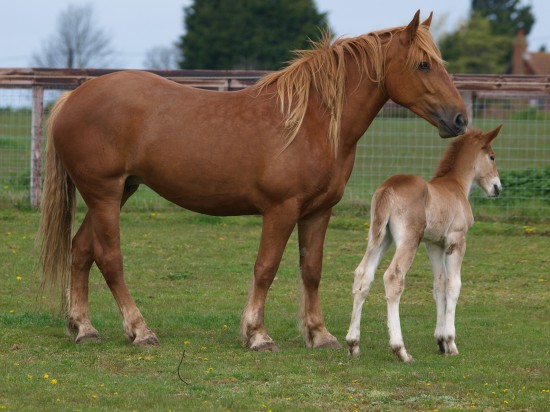
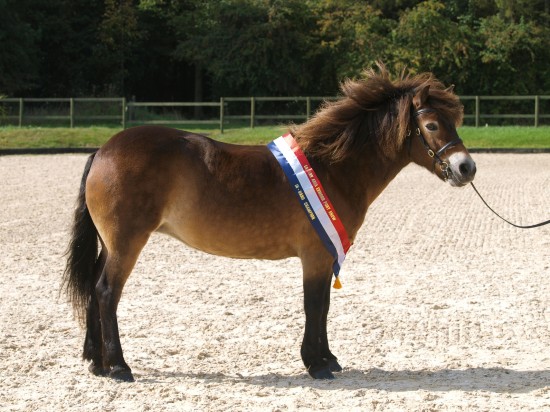
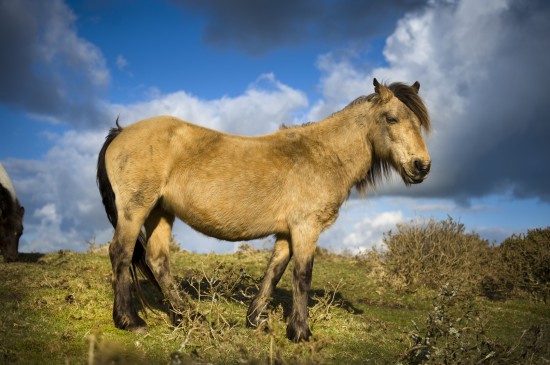
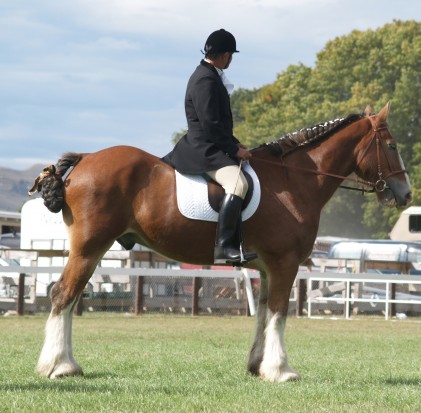
Some of the oldest and most influential horse breeds in the United Kingdom are on the Rare Breed Survival Trust’s endangered list. The list puts those nearing extinction in the critical list, which means there are less than 300 breeding mares registered. Endangered have less than 500, Vulnerable less than 900, and At Risk less than 1500. Even though mares are registered, they may not be bred or produce a live foal. This makes a number of unique and beautiful breeds on the brink of extinction, and rarer than wild pandas.
Cleveland Bay – this breed has a long and illustrious history. Before records were kept, the bay horses of Yorkshire were used for pack work, with occasionally races occurring between owners. In the 17th Century, they were used to carry goods for Chapman, so became known as Chapman horses. With their height and strength, they were soon adapted to become carriage horses. Their clean limbs meant they were used to help develop the Thoroughbred and European Warmblood. As carriage driving was replaced by cars, and agriculture took economic hits, the breed has declined in numbers. Breeders across the world are now looking to support this breed as a sports horse.
Eriskay Pony – these ponies are the last survivors of the original native breeds in the Western Isles of Scotland. They are believed to trace back to Celtic and Norse breeds, and mainly come in grey (although bay and black does occur). The ponies were used on the isles by crofters to carry heavy weights, pull carts and provide transport for the islanders. Despite being only 11-13.2h, they can carry an adult. Living closely with the islanders developed a friendly, affable breed. By the 1970s, the breed had reduced to only 20 animals, as islanders moved or replaced them with mechanical alternatives. Conservation has now increased the numbers to 420.
Suffolk Punch – this is the oldest heavy horse in the UK. All Punches trace from one stallion, Crisp’s Horse of Ufford, born in 1768. They are always chestnut, known for their powerful hind quarters and short muscular necks. They were used in East Anglia to work the land – Punches can work for long periods without rest which made them perfect for agriculture. They also have no feathers, so working clay soils was a lot easier than using other breeds. The invention of the tractor and plough soon made the Suffolk Punch almost disappear. In 1966 only 9 foals were registered. The breed is now recovering, especially in America. In the UK only 150 exist.
Hackney – with its origins in the Roadsters of the 18th Century, this breed has been used in most of the bloodlines that created Thoroughbreds, Standardbreds and Warmbloods. The hackney has a high knee action, making it an incredibly impressive carriage horse. It’s elegance in trot and athleticism has given the warmblood it’s elevated gates, and helped produce many jumpers. With the invention of the car, they are now breed purely for showing. Hackney’s come in all sizes, and solid colours.
Dales – this breed has the ability to carry extremely heavy loads over long distances. Originally from the Pennines, they were used on the farms and in the mines, carrying ore to seaports. During the war, they were also used as pack ponies. They are mainly black in colour, but can also come in brown, bay and grey. With long manes, tails and feathers, they can live outdoors in any condition. They are now used in forestry, and as perfect children’s ponies – their extravagant paces and jumping ability makes them total all-rounders.
Exmoor pony – Exmoors are completely unique, as they are the nearest genetic link we have to the wild horses of Europe. They still roam the moor, but are all now owned. Eleven privately owned herds live on the moor, continuing a history that pre-exists humans in the area. They have extremely thick coats, making them hardy and able to deal with all of the elements. They range from dun to brown, always with mealy muscles. Their eyes have specific ridges to help rain drip around them, protecting them from scald and blindness in torrential rain. With moors being so uneven, they have extremely sturdy legs and are very sure footed. They are used as trekking or children’s ponies.
Clydesdale – a breed created in the Clyde Valley, they started as a mixture of Flemish and native draught mares. Created for farm work, Clydesdales were soon adapted to cities due to their large open hooves. Before WWI, most farms in Scotland had a Clydesdale. So popular were they that they were exported across the world. With the introduction of the tractor and lorries, the breed went into decline with only 80 left by 1949. Following their addition to the critical breeds register in the 1970s, breeders have focused on developing the breed and increasing it numbers. The breed now is used for showing, logging and also riding! You may also see them in Budweiser commercials.
Dartmoor pony – having lived on the moors before humans lived in the South West, the breed suffered from cross breeding with exotic horses until the breed was controlled and kept protected in the 1800s. Like the Exmoor, they have adapted to harsh conditions and are extremely strong, and clever footed. The breed was nearly destroyed in WWII when the moors were used as a training area. Many ponies were saved, and with the recent help of the Moorland Scheme, money has been invested in breeding and releasing many pure Dartmoors back onto the moor. Although they don’t exceed 12.2h, they are used in most equine disciplines including driving.
Highland Pony – if you have seen the film Mrs Brown, the beautiful grey pony Queen Victoria rides is a Highland. This breed is native to Scotland, and is believed to have evolved from the 16th Century. They have thick, layered coats to protect them from the wind and snow, and huge manes to insulate their neck and face in the cold, and protect them from flies in the summer. They are extremely compact yet powerful, with wide chests. As a result they have become perfect pack horses. The Queen has taken particular interest in the Highland, breeding a number for use across her estates, as well as to ride and show. They are a multi-purpose breed, carrying, competing and even undertaking farm work in difficult terrain.
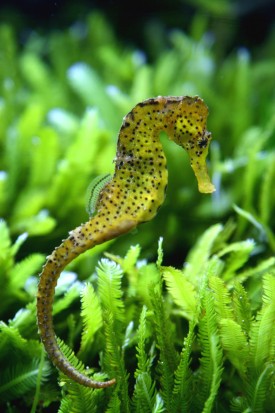 Can You Keep Seahorses As Pets?
Can You Keep Seah
Can You Keep Seahorses As Pets?
Can You Keep Seah
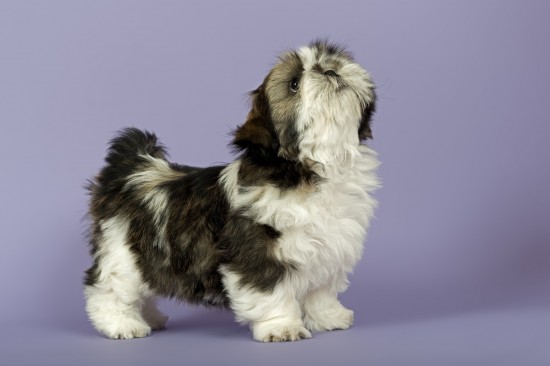 Shih Tzu Dog Hereditary Health And Health Testing
Shih Tzu Dog Here
Shih Tzu Dog Hereditary Health And Health Testing
Shih Tzu Dog Here
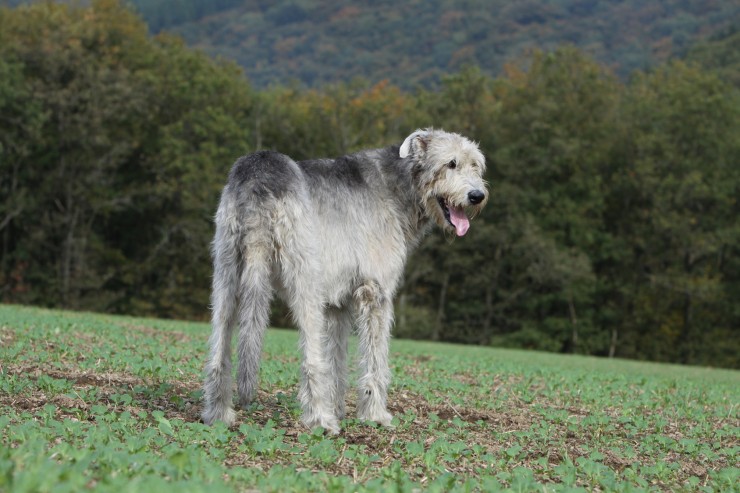 What Is Canine Megaesophagus?
What Is Canine Me
What Is Canine Megaesophagus?
What Is Canine Me
 How To Get Your Dog To Cooperate For Photographs
How To Get Your D
How To Get Your Dog To Cooperate For Photographs
How To Get Your D
 Mealworms - How To Keep And Breed Them For Your Chickens
Mealworms - How T
Mealworms - How To Keep And Breed Them For Your Chickens
Mealworms - How T
Copyright © 2005-2016 Pet Information All Rights Reserved
Contact us: www162date@outlook.com